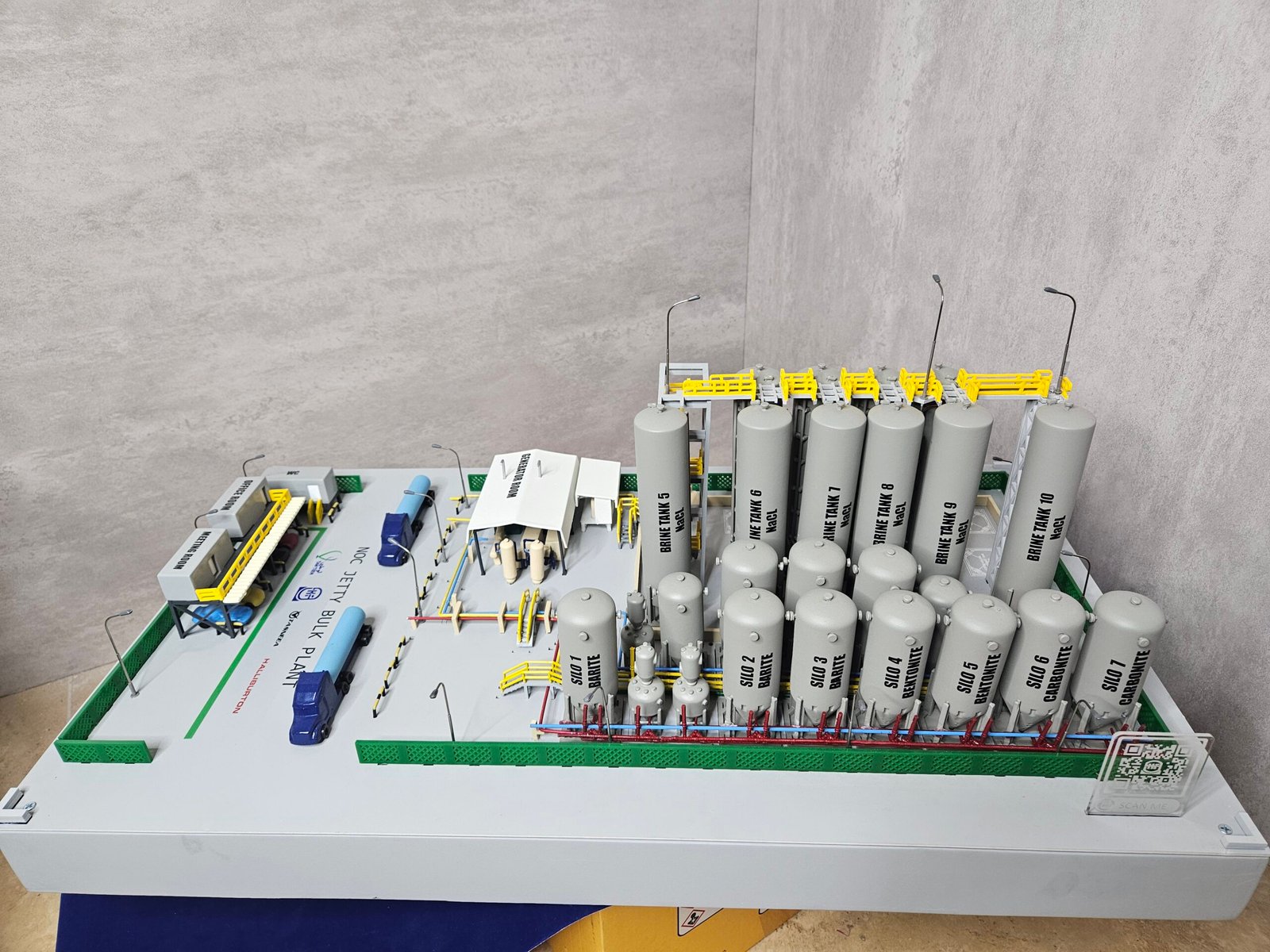How Industrial Models Accelerate Product Development Cycles
In today’s fast-paced manufacturing and engineering industries, speed and precision are crucial. Companies are under constant pressure to innovate, reduce costs, and bring products to market faster than ever before. One of the most effective ways to achieve this is through the expertise of industrial model makers. Their ability to create accurate, functional, and visually compelling models helps businesses streamline product development cycles and minimize risks.

Understanding the Role of Industrial Model Makers
Industrial model makers specialize in transforming digital concepts into physical prototypes. These models act as a bridge between design and production, allowing teams to evaluate form, function, and usability before moving into mass manufacturing. From intricate machinery parts to large-scale industrial equipment, their work brings clarity and precision to product development.
Speeding Up the Design Process
During the early stages of product development, quick iteration is key. Industrial models allow designers and engineers to test different ideas in a tangible way. Instead of relying solely on computer-aided designs, physical models make it easier to spot design flaws, explore alternatives, and implement changes without wasting valuable time. This reduces the number of costly revisions later in the process.
Reducing Development Costs
Mistakes discovered during production can be extremely expensive. By working with industrial model makers, companies can identify potential problems early on. A well-crafted prototype highlights functional limitations, material weaknesses, or design inefficiencies long before they reach the factory floor. This proactive approach saves both time and money while ensuring the final product meets quality standards.
Enhancing Communication Across Teams
Product development involves collaboration between multiple stakeholders—designers, engineers, marketers, and investors. While technical drawings and digital simulations are helpful, they often lack the impact of a physical model. A tangible prototype helps all parties clearly understand the design intent, leading to more informed decisions and fewer misunderstandings throughout the cycle.
Leveraging Technology for Faster Prototyping
Modern industrial model makers use advanced technologies like 3D printing, CNC machining, and laser cutting to create precise models quickly. These innovations have transformed prototyping from a lengthy process into an agile practice. What once took weeks can now be achieved in days, giving companies the flexibility to adapt rapidly to changing market demands.
Supporting Market Testing and Investor Confidence
Before launching a new product, businesses often conduct market testing to gauge customer reactions. A realistic industrial model allows potential buyers or investors to interact with the product in a meaningful way. This not only provides valuable feedback but also builds trust and confidence in the project’s success.
Conclusion
The expertise of industrial model makers has become indispensable in accelerating product development cycles. By reducing errors, improving collaboration, and leveraging advanced technology, they help businesses bring innovative products to market faster and more efficiently. In a world where speed and precision drive success, industrial models are more than prototypes—they are strategic tools for growth and competitiveness.
Comments
Post a Comment